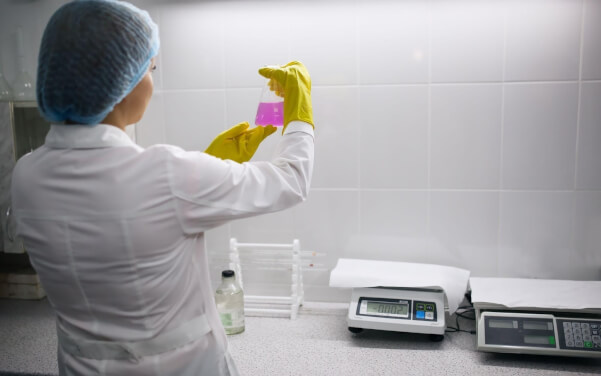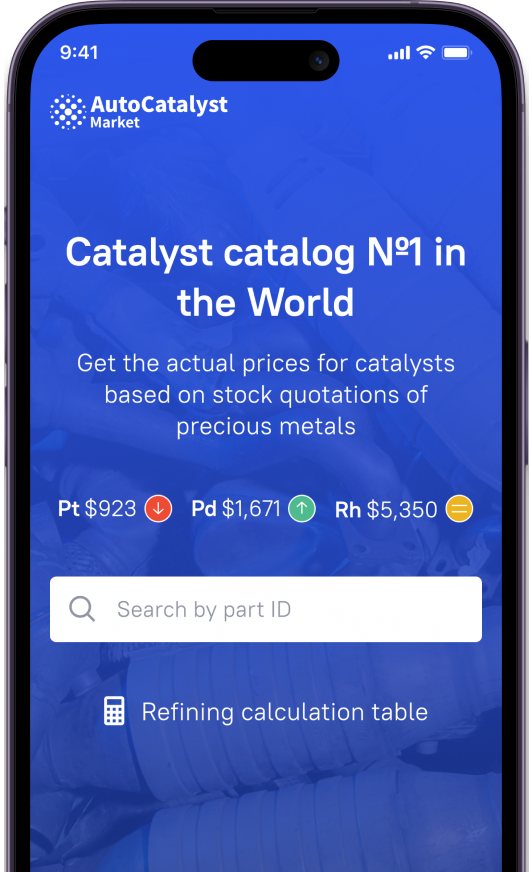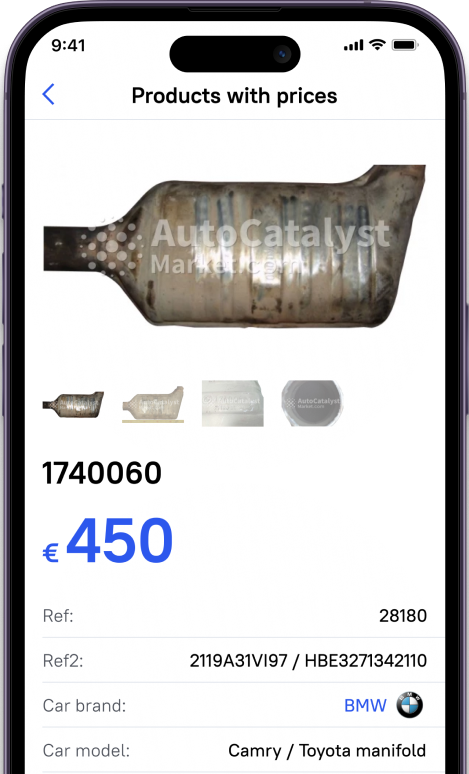- Catalytic converter device and value
- Catalyst core
- Catalytic reactions
- Catalyst value for recycling
- Why recycling is important
- Economics wise
- Individually
- Catalytic recycling stages
- Collection and decanning
- Assessment
- Reduction and refining stages
- Market Integration
- Price forming factors
- How to establish the price for a catalytic converter?
Catalytic converters appear in response to growing environmental concerns. In the mid-20th century, the automotive industry faced mounting pressure to reduce the harmful pollutants emitted by vehicles. This led to the invention and incorporation of catalytic converters into the exhaust systems of each car. Recycling catalytic converters is an intricate process that involves multiple stages, each with its unique challenges and benefits. In this comprehensive guide, we delve into catalytic converter recycling, observe the recycling stages, and see how cat converters work. We will also look at the price factors for these devices and the intrinsic value of catalytic converters.
Catalytic converter device and value
The catalytic converter is positioned in the exhaust system, typically between the engine and the muffler. This strategic location allows it to treat the exhaust gases to facilitate the conversion of toxic exhaust into less harmful substances through chemical reactions before they are released into the atmosphere.
Catalyst core
The device often features a core composed of ceramic honeycomb structures coated with precious metals, including platinum, palladium, and rhodium. These metals serve as catalysts, meaning they speed up chemical reactions without being consumed in the process.
Catalytic reactions
When your vehicle's engine runs, it produces a mixture of harmful gases, including carbon monoxide (CO), nitrogen oxides (NOx), and unburned hydrocarbons (HC). These gases are expelled from the engine and into the exhaust system where they meet the catalytic converter processing them. As the exhaust gases flow through the honeycomb-like structure of the catalyst, several chemical reactions take place. These reactions include:
- Oxidation: Carbon monoxide (CO) and unburned hydrocarbons (HC) react with oxygen (O2) to produce carbon dioxide (CO2) and water (H2O).
- Reduction: Nitrogen oxides (NOx) are broken down into nitrogen (N2) and oxygen (O2) gases.
Catalyst value for recycling
Catalytic converters, in their early forms, used simple catalysts like platinum and palladium to initiate these reactions. Over time, advancements in technology and materials have led to more efficient and durable catalytic converters. This evolution has not only improved environmental outcomes but also increased the intrinsic value of catalytic converters. And this value could be found by recycling your old catalytic converter.
Why recycling is important
As we enter 2023 and beyond, the importance of catalytic converter recycling continues to grow. The global shift toward sustainable practices, increased environmental awareness, and the rising demand for precious metals in various industries underscores the need for responsible recycling. The recycling industry, in cooperation with regulatory bodies and automakers, is focusing on enhancing recycling efficiency and reducing the environmental footprint of the recycling process.
Economics wise
Recycling catalytic converters is not just an environmentally responsible choice; it's also a crucial economic practice. The recycling process allows for the recovery of valuable precious metals contained within the converter. These metals are finite resources, and their extraction and production have significant environmental impacts. By recycling, we reduce the need for mining and the associated ecological consequences.
Individually
As for an individual, by recycling a used catalytic converter you can also save on purchasing a new one. In the end, this is good waste management and disposal for-profit simultaneously. Let us delve into the whole process of catalytic recycling and see what the device goes through to retrieve this precious metal’s content and then discuss how to measure that value.
Catalytic recycling stages
Catalytic converter recycling is a multi-stage process that involves several intricate procedures. Here's a step-by-step overview of the recycling process.
Collection and decanning
The process begins with the collection of used catalytic converters. These devices are sourced from various channels, including auto repair shops, scrapyards, and individuals looking to recycle their old converters. Once collected, the next step is to remove the precious metal-laden catalyst from the converter's housing. This is typically done by cutting open the casing and extracting the core.
Assessment
The catalyst material is then assessed for its precious metal content. This stage involves XRF analysis on a sample taken from scrap and grading to determine the metals' purity and quantity. At this stage, we establish scrap value per kilo and here you get the price before it goes to the next stages.
Reduction and refining stages
After assessment, the catalyst is subjected to a reduction process to extract the precious metals. This usually involves high-temperature processes like smelting, which separates the metals from the ceramic substrate. The extracted metals are further refined to achieve the desired purity levels. This stage includes additional processes like leaching, electrolysis, and further smelting. The refined metals undergo rigorous quality control measures to ensure they meet industry standards for purity.
Market Integration
The recovered precious metals are integrated into various industries, including automotive manufacturing, electronics, and jewelry, based on market demand and prices. Now let us see what influences the price of your catalytic converter in particular.
Price forming factors
The value of a catalytic converter is primarily determined by the precious metal content it contains. Precious metals, specifically platinum, palladium, and rhodium, are the primary drivers of pricing. Several factors influence the market value of these metals and, consequently, the price of catalytic converters:
- Market Demand: The demand for precious metals in various industries significantly impacts their prices. Economic trends, technological advancements, and shifts in industrial demand can lead to fluctuations in pricing.
- Metal Purity: The higher the purity of the precious metals recovered from a catalytic converter, the greater their market value. Purity levels are carefully assessed during the recycling process.
- Metal Availability: The availability of precious metals in the market, influenced by mining, recycling rates, and geopolitical factors, plays a role in determining prices.
- Exchange Rates: Currency exchange rates can influence the international trade of precious metals, impacting their market prices on precious metal exchange.
- Environmental Regulations: Stringent environmental regulations may require automakers to use more of these precious metals in catalytic converters to enhance their efficiency, affecting supply and demand dynamics.
- Scrap Metal Market: The overall health of the scrap metal market, which includes ferrous and non-ferrous metals, also influences catalytic converter prices.
How to establish the price for a catalytic converter?
You can establish the catalytic price without visiting any scrapyards by just using such a convenient tool as the AutoCatalystMarket website. Here you will find all the necessary data starting from your car make, and its cat manufacturer and you can also find buyers in your local area here. These dealers will perform all necessary operations in regards to retaining the value from your worn catalytic converter and you will get a fair price on a deal. The site works in both ways for buyers and sellers. The platform provides the connection between supply and demand and is a great service for those who are in this business. So instead of producing hazardous waste make money on your used catalytic converter by recycling.











































